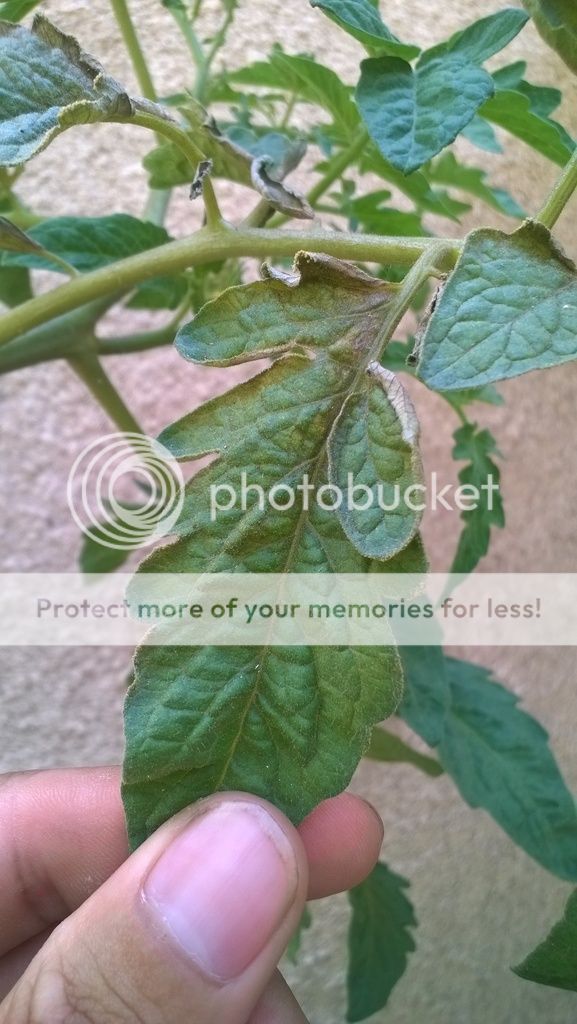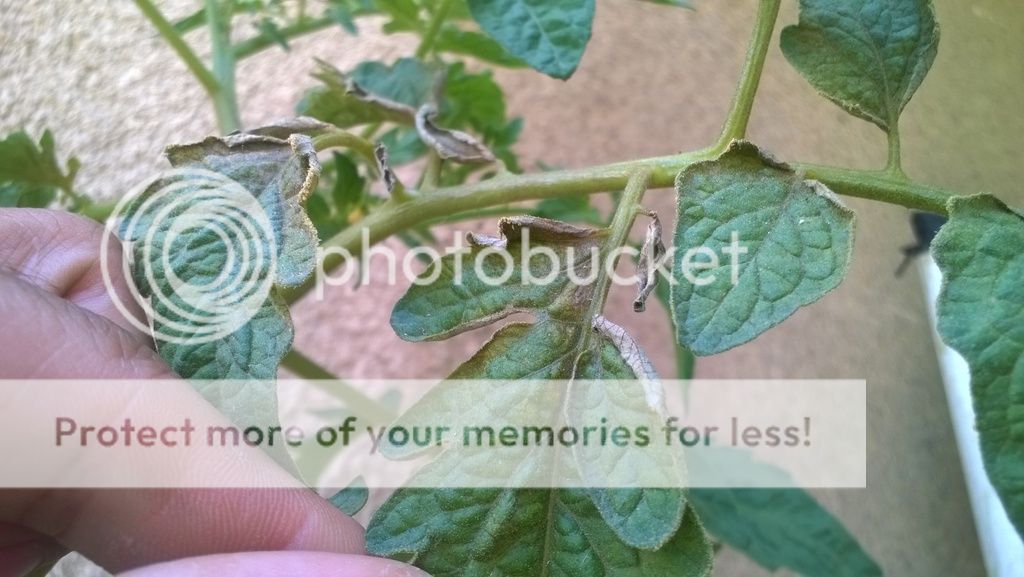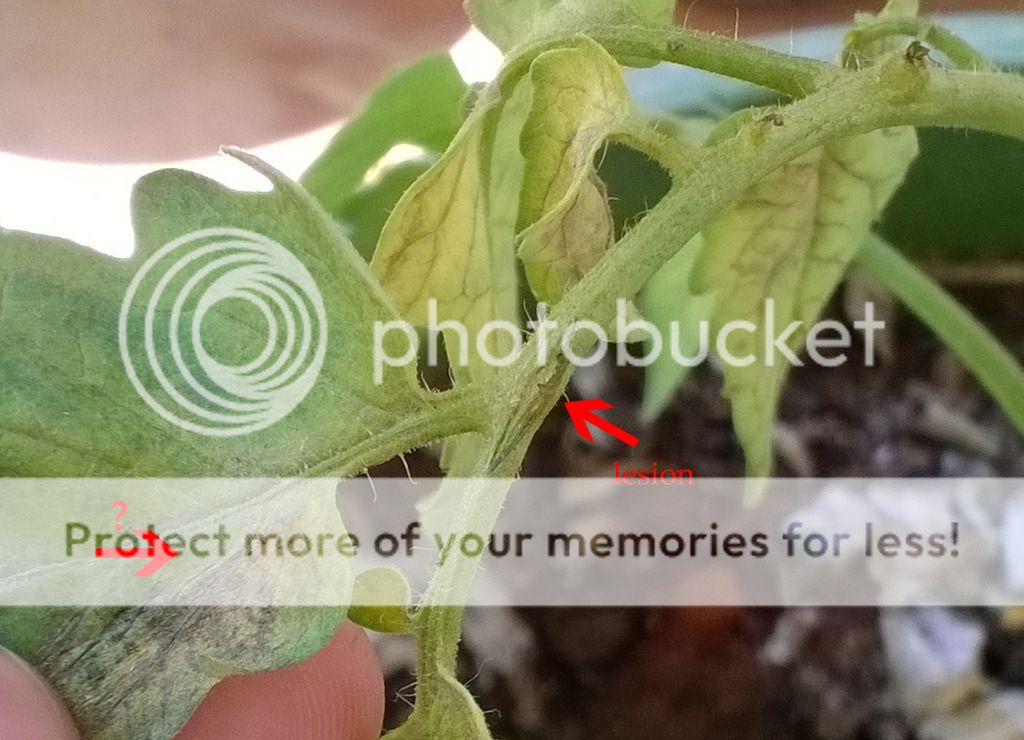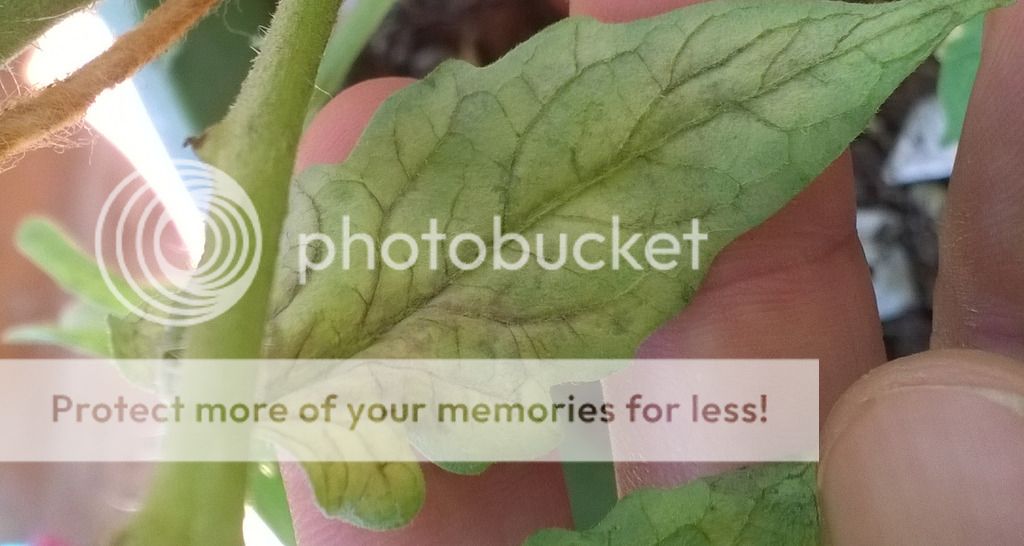These are vague, intuitive conclusions but ...
- I'm thinking TRM's appear to seriously affect eggplants, though they have resisted and most have not been completely overwhelmed -- not totally like the tomatoes.
- On the other hand, some of the tomatoes will grow new side shoots or basal shoots, but the overwhelmed eggplants stayed dead and dried up. New side shoots of tomatoes will often grow on and replace the entire plant. But sometimes, they are overwhelmed again.
- So far, it *seems like* if I remove the TRM damaged leaves too early, the new shoots are attacked, and if I don't remove the ugly dried up and brown leaves and upper stems, they are not affected or not affected as quickly.
- Today, I picked a runty eggplant fruit from a TRM infested plant to preserve its energy and found a bunch of larger red mites on the surface of the fruit, but they are NOT red spider mites. I think they might be californicus predatory mites.
- Almost all peppers appear to be immune or only minimally affected by TRM. Some had been infested initially but have recovered (2 Trinidad Perfum plants)
- However, non-standard green foliage peppers are taking the worst damage -- Green and white variegated Fish , purple foliage Bolivian Rainbow, and purple variegated foliage Dunkel Violetter. (recovered, additional damage to some of the fruits)
- Maui Purple has been extremely vulnerable and now all four seedlings/plants have completely lost their primary leaves. Two of them had grown secondary side shoots, and looked like they might recover, but are starting to deteriorate. I'm not sure if they will make it.





